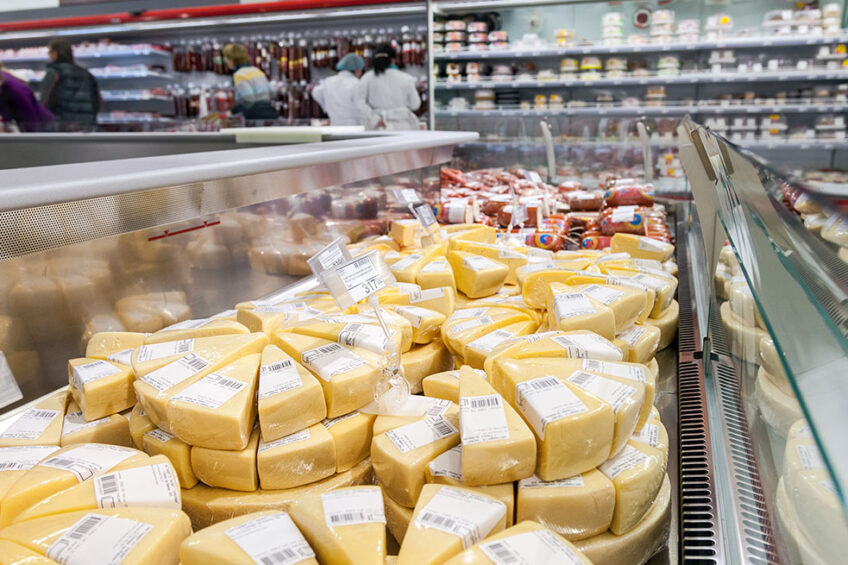Covid-19: Top 3 factors under watch in the dairy sector

The havoc that Covid-19 is causing across the globe and spanning industries is without a doubt – extreme. Although there is still a lot that is not clear in terms of statistics and numbers about the actual impacts Covid-19 will have this year, there are concerns. What the top factors in the dairy industry that are being closely monitored?
 Logistics
Logistics
In the US, the government continues to monitor US ports of entry, shipping channels, processing facilities, and the food supply to ensure the safety and integrity of US food. At this time, there is no heightened concern for the safety of food produced and processed in the United States, including dairy foods according to International Dairy Foods Association (IDFA). Michael Dykes, D.V.M., president and CEO of the IDFA added, “Our association is in close contact with federal agencies and the White House to ensure transportation routes and supply lines in different regions of the country remain free of disruption. These routes are crucial to commerce and public safety and must remain unobstructed.”
The actual situation at China ports remains unclear, there have been concerns in early March about shipping containers sitting on vessels, which were unable to dock at Chinese ports, as well as the reduced number of containers being moved in and out of Chinese ports. These concerns were whether this will lead to some spoilage of perishable like butter and cheese.

 Workforce
Workforce
The impact on workers in China in the midst of Covid-19 is apparent as the country fights to stop the spread – and as many of the workers in ports have been asked to stay home, causing a backup of container ships.
Another concern arising in the sector is – what could happen to the agricultural workforce if this become more widespread at dairy farms, for example. Dairy operations could see a major impact on workforce if the virus spreads to farm workers. It is therefore vital to plan ahead given the current situation. Having a management plan in place at dairy operations would be benefit in the long run.
 Markets
Markets
Regarding China’s dairy imports, according to a senior analyst at Rabobank: for the full year of 2020,1% YOY decline in total dairy demand (LME) would potentially lead to a reduction in import (LME) by 11% YOY for the year, whereas a 5% YOY reduction in total dairy demand (LME) would lead to import (LME) falling 25% YOY in 2020. Rabobank further added: given the major impact on food service, the knock-on effects could prompt exporters that service that segment to shift some production from cheese, butter and cream into WMP and SMP over time, resulting in more milk powder on the global market, especially if China goes into destocking mode.
US Secretary Tom Vilsack, CEO of the US Dairy Export Council and former US Secretary of Agriculture mentioned 2 main reasons why a drop in prices could be seen: The build-up at Chinese ports and lower demand.
In a different light, an International Dairy Foods Association (IDFA) press notice on 14 March, Dykes, D.V.M., president and CEO of the IDFA, released the following statement regarding the availability of dairy products across the US: “Our members, who represent the full dairy supply chain from the dairy cooperatives to dairy processors to the retailers, report at this time that the {US} nation’s dairy industry is experiencing no interruptions and is continuing to supply American consumers with affordable, healthy milk and dairy products even as demand surges. At present, at retail facilities across the country, milk remains affordable and available.”
For up to date statistics on Covid-19, visit worldometers
Join 13,000+ subscribers
Subscribe to our newsletter to stay updated about all the need-to-know content in the dairy sector, two times a week.










